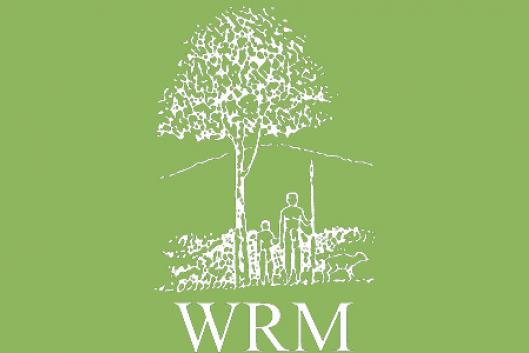Eindhoven Airport in the Netherlands has claimed to be the first airport in Europe where passengers as of May 2007 can compensate emissions from their flight by donating for tree plantation projects. Last week however, activist groups in London have criticized this kind of carbon offsetting. So how credible is carbon compensation?
Eindhoven Airport cooperates with the firm GreenSeat that calculates and cashes the compensation fees and with the FACE Foundation which runs tree planting projects. They are not the only ones that compensate emissions. The Carbon Neutral Company - target of the British climate activist group last week - Climate Care and Offset My Life share the same growing market. In 2006, the carbon offset market tripled in comparison with the previous year and it is expected to be worth 450 million Euros in three years time.
However, according to the organization Carbon Trade Watch (CTW), part of the Amsterdam based Transnational Institute, carbon offsetting is nothing more than a modern form of indulgences - the sin taxing system invented by the Catholic Church in the late Middle Ages. "The modern-day Pardoners are building up what they claim are good climate deeds through projects which supposedly reduce or avoid greenhouse gas emissions," the CTW-organization writes in the recent report The Carbon Neutral Myth.
Author Kevin Smith argues that it is impossible to assess just how much CO2 is taken up by trees. For a start, there is a distinction between the locked-up fossil carbon and the carbon which is part of the living carbon-cycle. You can easily convert locked-up carbon to active carbon -we do it all the time by burning fossil fuels - but you can't put it back. Once active, carbon might be fixed in a tree trunk for a while, but eventually the wood will be burnt or rot away releasing the carbon back into the atmosphere. For this reason claims of carbon-offsetting by planting trees, by the Scottish and Southern Energy Group (SSE) were rejected by the UK Advertising Standards Authority, which ordered the SSE to stop making these claims in its leaflets.
Due to mounting criticism on tree planting programs, carbon offsetting firms have started taking refuge in other compensation projects such as investing in renewable energy projects or energy efficiency projects which reduce emissions elsewhere, known as Clean Development Mechanism (CDM) and Joint Implementation (JI). Think of solar panels, wind parks and conversion of dung and waste into energy. Smith is also sceptical about such projects, saying that you can never assess the amount of carbon reduced, since a comparison between the situation with and without the project cannot accurately be made.
So should we stop flying altogether? Activist Kevin Smith distinguishes between carbon needs (necessary and inevitable transports) and carbon luxury (short haul trips for which alternatives exist, holiday flights). Since compensating carbon emissions is a myth, according to Smith, it's not right to make people believe they can continue behaving as they do. "This greenwashing is just a smokescreen standing in the way of working towards solutions," says Smith.
Speaking for CarbonNeutral, Sue Welland told the BBC: "What we do is help companies measure and reduce their reductions; and where they can't reduce their emissions, we help them offset."
The main question -a question of conscience perhaps- is whether certain emissions are necessary or luxury. UK Environment Minister David Miliband said last month: "The first step should always be to see how we can avoid and reduce emissions." But reducing the number of flights is hardly in the interest of airports. Eindhoven Airport director Bart de Boer acknowledged that his initiative would not discourage people to fly. "But that's also not my task here," he remarked.
By Green Prices, 27 February 2007, sent by Kevin Smith, e-mail: kevin@carbontradewatch.org, author of "The Carbon Neutral Myth Offset Indulgences for your Climate Sins”, Transnational Institute, http://www.tni.org/detail_pub.phtml?know_id=56&menu=
